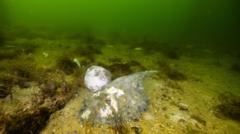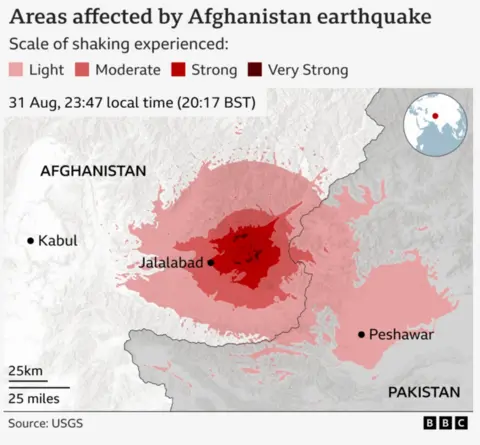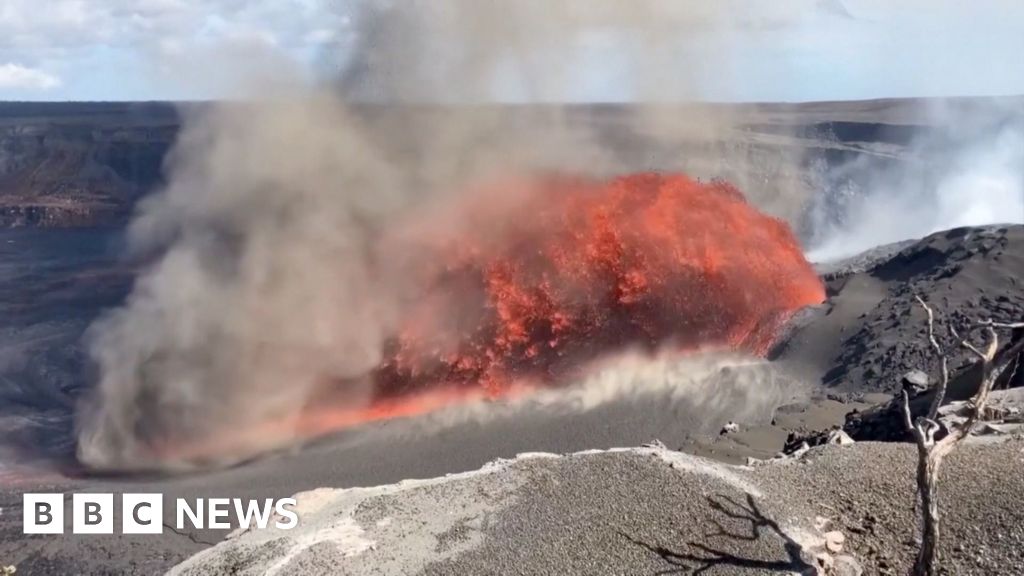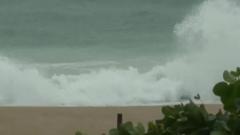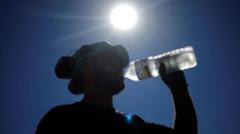An alarming toxic algal bloom in South Australia, which has transformed the once pristine waters into a toxic green, has led to dire circumstances for marine life and local industries. State Premier Peter Malinauskas has asserted that the situation constitutes a "natural disaster." The bloom has been proliferating since March and has now extended over an area twice the size of Australia's capital territory.
The federal government has introduced a $14 million (A$9 million) assistance package to address the crisis, but it stops short of officially designating the incident as a natural disaster, which traditionally applies to events like cyclones, floods, or bushfires. Malinauskas criticized this technicality on Tuesday, stating, "This is a natural disaster and should be acknowledged as such... I think politicians can do themselves a disservice when they get caught up in technicalities."
With over 400 marine species reported dead, the economic fallout has also been severe, as many local businesses linked to fishing and tourism are struggling. Some fishing industry representatives claim that their members have been without income for months, leading to emotional distress as they face profound financial implications. Ian Mitchell, a middleman for fishers, revealed, "I've got fishermen in tears on the phone."
The toxic bloom, aggravated by marine heatwaves, ocean warming, and nutrient pollution—factors aligned with climate change—is now affecting the coastline from Coorong to the Yorke Peninsula, littering the shores with deceased wildlife. Greens Senator Sarah Hanson-Young criticized the federal government for downplaying the issue, emphasizing that had the bloom impacted popular tourist areas like Bondi Beach, a swifter response would have occurred.
Federal Environment Minister Murray Watt acknowledged the disturbance caused by the bloom but maintained that it does not fit the legal definition of a natural disaster according to Australian law. This ongoing crisis continues to manifest as a significant environmental and economic disaster for the South Australian region.

